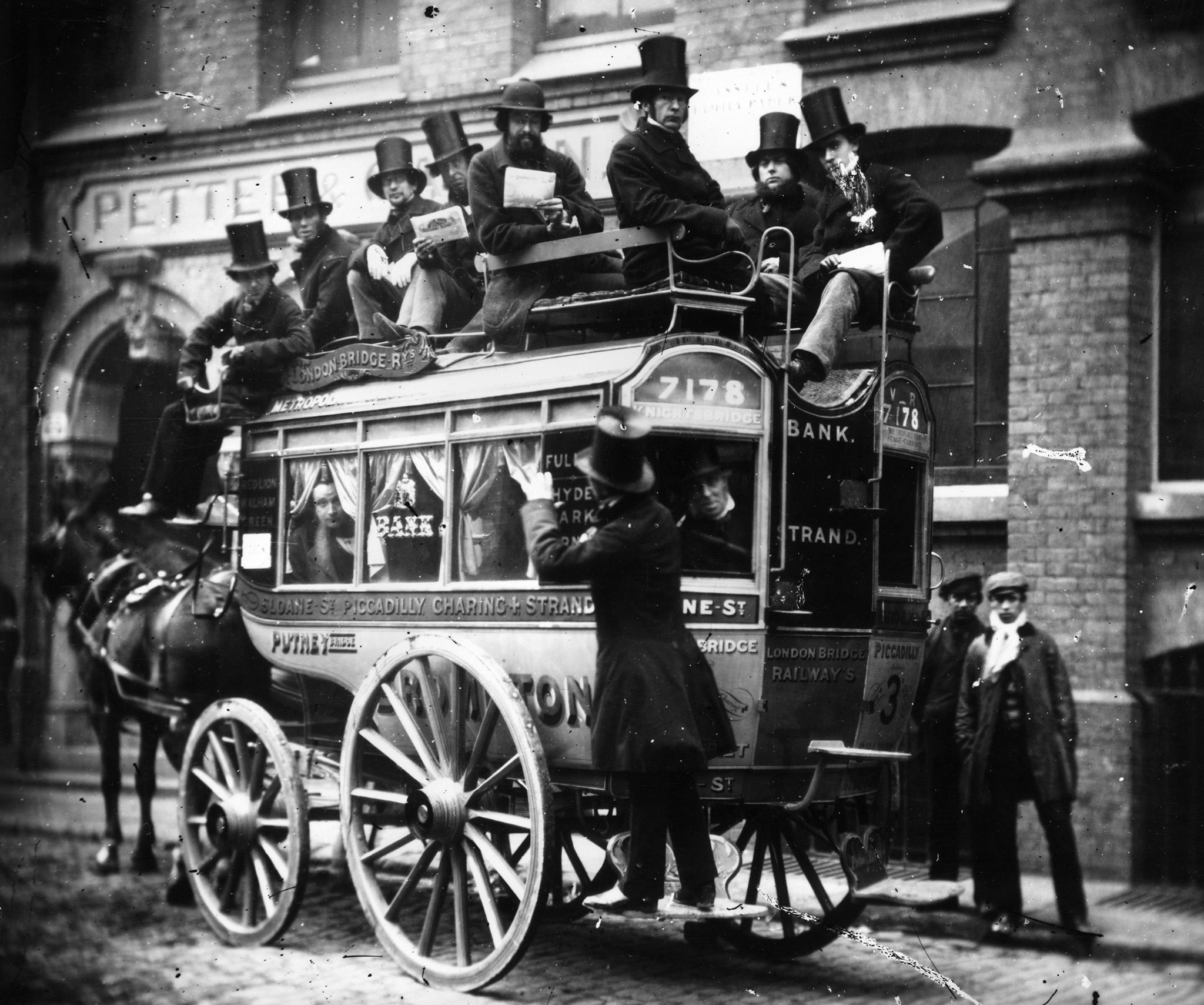Elizabeth Line: How the London Underground has transformed over 153 years
Many aspects of the London commute have evolved over the years

Your support helps us to tell the story
From reproductive rights to climate change to Big Tech, The Independent is on the ground when the story is developing. Whether it's investigating the financials of Elon Musk's pro-Trump PAC or producing our latest documentary, 'The A Word', which shines a light on the American women fighting for reproductive rights, we know how important it is to parse out the facts from the messaging.
At such a critical moment in US history, we need reporters on the ground. Your donation allows us to keep sending journalists to speak to both sides of the story.
The Independent is trusted by Americans across the entire political spectrum. And unlike many other quality news outlets, we choose not to lock Americans out of our reporting and analysis with paywalls. We believe quality journalism should be available to everyone, paid for by those who can afford it.
Your support makes all the difference.The London Underground has undergone some radical changes in the 153 years since it opened.
What started out as a single underground line on 10 January 1863 from Paddington to Farringdon Street has now developed into a vast sprawling network used by four million people every day – with a significant proportion of them commuters.
Over the next century the Tube service saw its initial steam-powered trains became electrified, traditional paper tickets evolve into Oyster cards topped up via touchscreen machines, and carriage interiors transformed with the introduction of lengthway seating allowing more room for ever-growing numbers of passengers.
Historic moments in the Tube’s history include the appointment of the first female underground train driver, Amy Dodds, in 1978; the introduction of penalty fairs in 1994; and a ban on alcohol by London Mayor Boris Johnson on 31 May 2008, prompting a number of organised cocktail parties across the network the night before.
The next major change to the capital’s vast and sprawling transport network will be Crossrail, the highly anticipated new rail system running from Reading to Shenfield through the heart of the capital, which will be named in honour of Queen Elizabeth II.
It is the largest construction project in Europe and is set to open fully in December 2018 – although the first phase (Liverpool Street to Shenfield) is set to begin running in May 2017.
It will link Canary Wharf, the West End and Heathrow Airport to areas east and west of the capital.
As the pictures above show, the way commuters have traversed London has changed radically over the past 150 years.
Perhaps the biggest other change to the transport network has been the transformation of the open-top tram car which, over time, has been replaced by the classic red bus.
Above ground, as the number of cars on the roads has increased, one of the most significant effects of Londoners' changing travel tastes has been the increase in pollution.
London breached its own legal limit on air pollution for the whole of 2016 in just over seven days, while figures released last year found nearly 9,500 people die early each year in London due to long-term exposure to air pollution.
Despite mounting evidence of their dangers, motor vehicles are still permitted in city centres – including in central London. In the 1980s, fewer than 10 per cent of new cars were diesel, but now half of the cars on London's roads are diesel, ITV reports.
So what will be the next big change on the horizon?
Perhaps the electric car... and, who knows, we may even start to car pool more frequently.
Join our commenting forum
Join thought-provoking conversations, follow other Independent readers and see their replies
Comments